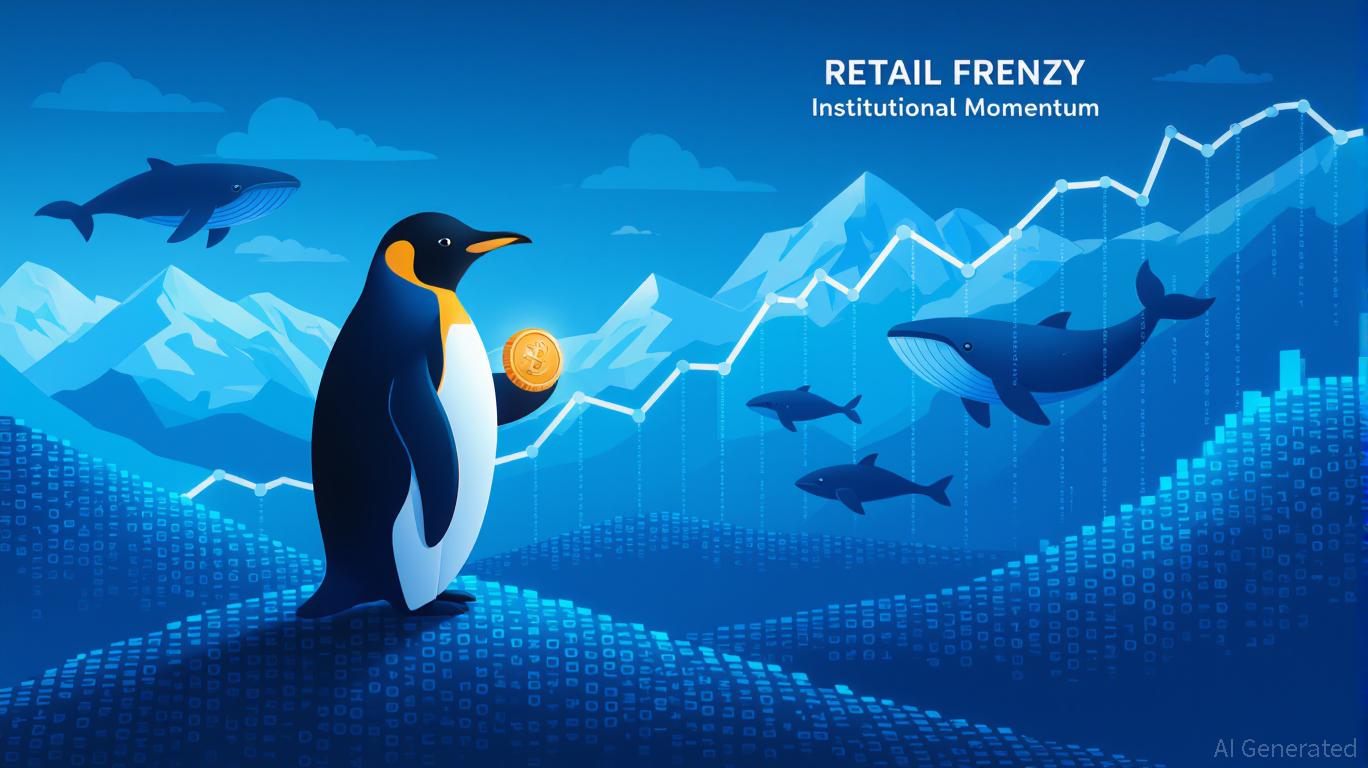Plasma CEO denies claims of team selling allocation as XPL token drops 45% from peak
Plasma’s XPL token has fallen 45% from its peak, and founder Paul Faecks has denied rumors of insider selling, market maker ties, or team exits.
- XPL token fell 45% from peak after launch hype.
- Rumors alleged team token dumps and market maker ties.
- Founder Paul Faecks denied sales, citing 3-year lockups.
The volatility followed XPL’s rapid rise after its late September launch. The token debuted around $1.00, quickly surged to an all-time high of $1.69 by Sept. 28, and then slipped back to $0.74–$1.08 within days.
The sharp decline sparked accusations on social media that Plasma insiders had sold large allocations, pointing to the team’s past ties with Blast and Blur, as well as speculation about involvement from market maker Wintermute.
Addressing the Plasma token sale
On Oct. 1, Plasma co-founder and CEO Paul Faecks addressed the claims directly on X. He said no member of the team or early investors has sold any XPL, since their allocations are subject to a three-year lockup with a one-year cliff. “All investor and team XPL is locked,” he noted, adding that circulating supply has only come from the public sale and liquidity allocations.
On questions about team composition, Faecks stressed that only three of Plasma’s roughly 50 employees had any connection to Blur or Blast. He highlighted that the team also includes professionals with experience at Google, Facebook, Square, Goldman Sachs, and Temasek, saying it was misleading to label Plasma as “ex-Blast.”
He also addressed speculation about Wintermute, stating that Plasma “has not engaged Wintermute as a market maker and has never contracted Wintermute for any of their services.” He emphasized that the company has no insider information about Wintermute’s token holdings beyond what is publicly visible.
Building beyond the FUD
The statement comes after a highly publicized token generation event on Sept. 25 that attracted more than $3 billion in trading volume within hours and listings on major exchanges including Binance, OKX, and Upbit.
Plasma raised $373 million in July through a public sale, well above its $50 million target, which helped fuel the hype around launch. With $2 billion in stablecoin total value locked and more than 100 decentralized finance integrations at mainnet beta, the project positioned itself as a specialized layer 1 chain for stablecoins.
Despite the strong fundamentals, community concerns intensified as early profit-taking combined with large wallet transfers visible on-chain. Some critics labeled the launch unfair to retail buyers, while others accused the team of fueling a “whale-sale.”
Faecks’ message sought to ease those doubts by reiterating that Plasma’s focus is on long-term infrastructure rather than short-term speculation.
For now, XPL trades roughly 40–45% below its peak. Whether the founder’s reassurances calm the market may depend on continued transparency, sustained adoption of Plasma’s stablecoin ecosystem, and broader conditions in the altcoin market.
Disclaimer: The content of this article solely reflects the author's opinion and does not represent the platform in any capacity. This article is not intended to serve as a reference for making investment decisions.
You may also like
Bitcoin News Today: Bitcoin's Unstable Holiday Periods Hide Average Gains of 6%
- Bitcoin's Thanksgiving-to-Christmas performance shows equal odds of rising or falling, with a 6% average seasonal return despite volatility. - Historical extremes include a 50% 2020 rally and 2022's 3.62% drop post-FTX collapse, amid a $2.49-to-$91,600 long-term surge since 2011. - 2025's $91,600 price reflects ongoing recovery from 2024's $95,531 peak, with institutional crypto adoption and macroeconomic factors shaping future trajectories. - Analysts advise dollar-cost averaging for retail investors, w

Australia Strikes a Balance Between Fostering Crypto Innovation and Safeguarding Investors with Updated Regulations
- Australia introduces 2025 Digital Assets Framework Bill to regulate crypto platforms under ASIC, creating "digital asset platform" and "tokenized custody platform" licenses. - The framework mandates custody standards, transparency requirements, and lighter regulations for small operators (<$5k per customer) to balance innovation with investor protection. - Global alignment with UAE and EU crypto regulations is emphasized, while addressing risks from past failures like FTX through stricter enforcement and

PENGU Token's Latest Price Fluctuations and Blockchain Indicators: An Analytical Perspective on Technical Factors and Institutional Activity
- PENGU token's recent volatility and on-chain activity spark debate over institutional involvement in the crypto market. - Technical indicators show conflicting signals: overbought RSI vs. positive MACD/OBV momentum since November 2025. - Whale accumulation and Solana integration suggest strategic buying, while team wallet outflows highlight market uncertainty. - Social media sentiment drives short-term price swings, but structural risks like tokenomics and regulatory ambiguity persist. - Institutional ad

GameStop's Profit Strategy: Short Sellers, Brick-and-Mortar Stores, and Interest Rate Expectations Intersect
- GameStop (GME) shares rose near 52-week lows amid high short interest and retail-driven speculation, with a potential short squeeze looming as open options activity surged. - Institutional investors cut $5.4B in MicroStrategy (MSTR) holdings, linking crypto-focused MSTR to GME's 2021 meme stock dynamics amid MSCI index exclusion risks. - A December Fed rate cut (85% probability) could boost retail spending and speculative appetite, countering bearish positioning despite GME's 21.8% Q3 revenue growth. - A

